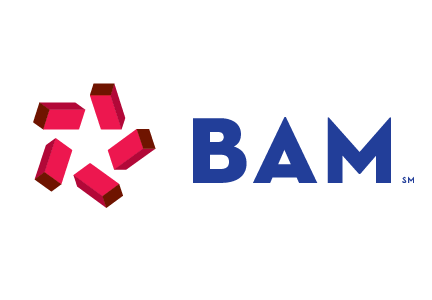Construction crews breaking ground will be the most visible signs of progress on implementing the Bipartisan Infrastructure Law in the coming years, but behind the scenes, municipal bond market professionals and investors are gearing up to support Cities as they begin to invest in essential projects.
According to the White House’s Infrastructure Coordinator, more than half of the 350+ projects authorized by the Infrastructure Investment and Jobs Act have “cost-sharing” provisions that require grant recipients to contribute matching funds, ranging from 10% to 75% of the total project cost. Cities have broad flexibility to decide how to obtain those funds: in a recent survey by the National League of Cities and Polco, about a third said they expect to issue municipal bonds and use the proceeds for the projects (ARPA funds, state grants, and special reserves were also identified as potential funding sources).
Historically, roughly 70% of state and local construction spending has been financed in the municipal bond market, and analysts are expecting between $60 and $100 billion of IIJA-related bond sales between now and 2025. That number could be higher if Cities voluntarily increase their infrastructure spending beyond the minimum cost-sharing requirements, particularly in connection with competitive grants.
There remains significant uncertainty about the timing of both the Federal grants and when the matching fund contributions will need to be made, but financing discussions should be a part of every city’s infrastructure planning process, particularly in connection with competitive grant applications. Some of the questions local leaders can ask their Finance Departments and outside bond-market professionals now are:
- Should municipal bonds be a part of the financing mix for any matching funds our city needs to raise to implement IIJA-driven projects?
- Do we need to take any specific authorizing action now so that we’re legally eligible to sell bonds when needed?
- What other preparation can we take now – including preparing outreach to rating agencies, bond investors, and bond insurers – to make sure our bond sale goes smoothly when the time comes?
The municipal bond market is flexible and well-positioned to meet City financing needs in the coming years. With advance planning, local leaders can make sure they access the funding at the lowest possible cost – making every IIJA dollar go further in delivering projects to residents and taxpayers.

About the Author:
Mike Stanton is the Head of Strategy and Communications for Build America Mutual (BAM).







